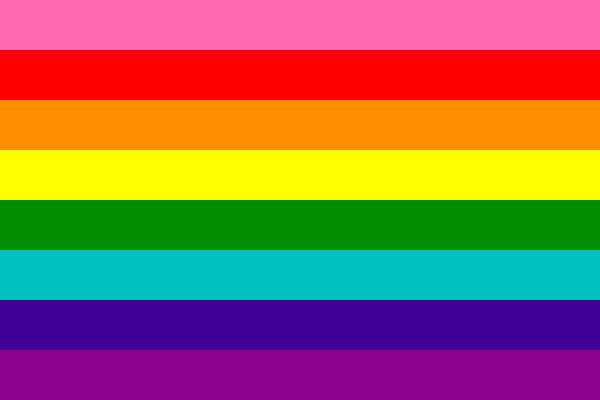As an airline, we’re interested first and foremost in the needs of all of our passengers, whether they’re occasional travellers or frequent flyers.
In the past few weeks, we’ve used the rainbow flag as our profile picture on our social media. Most people know that the Pride flag is the symbol of the LGBTQIA+ movement, but few know the history behind its use.
How did the Pride flag first come about?
The original rainbow flag was created by US artist and activist Gilbert Baker, who died in March 2017 in New York.
It was first flown in the San Francisco parade at the time known as Gay Pride, having been sewn and hand-dyed by the artist with the help of about thirty volunteers.
There were eight colours on the flag and Baker attributed a specific meaning to each of them.
Hot pink for sex, ‘blood’ red for life, orange for healing, yellow for sunlight, green for nature, turquoise for magic and art, indigo for serenity and violet for the spirit.
Flag with 8, 7 and 6 colours
The Pride flag became highly sought-after following the assassination of gay liberation movement activist Harvey Milk. It was, however, hard to find the pink fabric: those were the years of disco fashion, Gloria Gaynor and sequins…pastel colours didn’t sell anymore.

Paramount Flag Co. from San Francisco began selling a version of the flag with seven colours, but they soon realised that the central stripe was obscured by the pole or lamppost from which it hung (vertically, like a banner).
That’s when the rainbow flag lost the turquoise too 😭, turning into the version with six colours commonly used today: red, orange, yellow, green, indigo and violet.
In June 2015, the MoMA in New York bought Gilbert Baker’s original flag and put it on display in the Department of Architecture and Design.
Today, we use these colours to celebrate acceptance of ourselves and others, inclusion, activism, sharing, participation and happiness.
But above all, we use them to celebrate rights.




